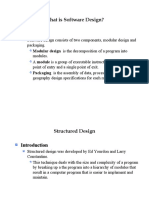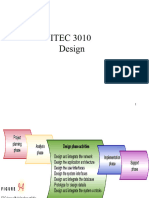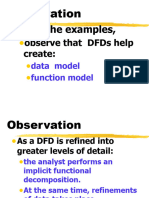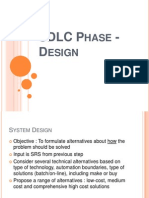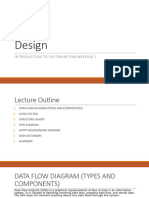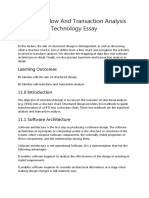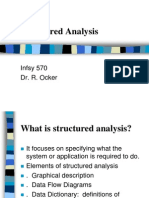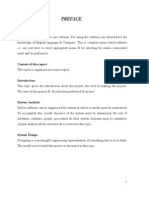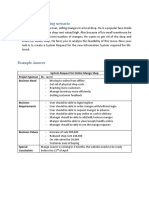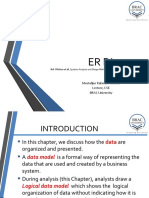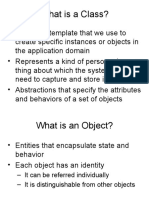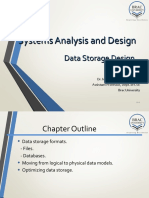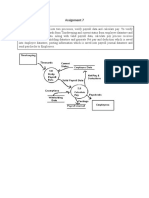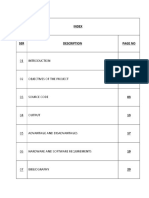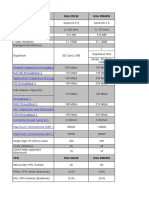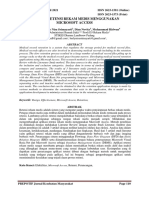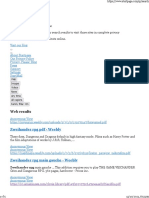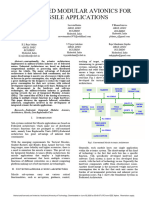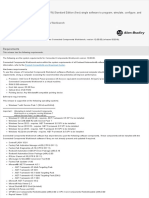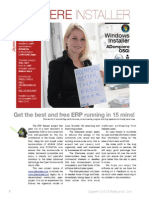0% found this document useful (0 votes)
76 views24 pagesProgram Design: Mostafijur Rahman Akhond Lecture, CSE BRAC University
The document discusses program design which involves determining programs to write and creating instructions for programmers. It covers moving from logical to physical data flow diagrams, designing programs using structure charts, and developing detailed program specifications. Structure charts show program components hierarchically and design guidelines include high cohesion, fan-in, and low fan-out to create modular, reusable programs. Program specifications provide explicit instructions for coding specific program pieces.
Uploaded by
kaosar alamCopyright
© © All Rights Reserved
We take content rights seriously. If you suspect this is your content, claim it here.
Available Formats
Download as PPTX, PDF, TXT or read online on Scribd
0% found this document useful (0 votes)
76 views24 pagesProgram Design: Mostafijur Rahman Akhond Lecture, CSE BRAC University
The document discusses program design which involves determining programs to write and creating instructions for programmers. It covers moving from logical to physical data flow diagrams, designing programs using structure charts, and developing detailed program specifications. Structure charts show program components hierarchically and design guidelines include high cohesion, fan-in, and low fan-out to create modular, reusable programs. Program specifications provide explicit instructions for coding specific program pieces.
Uploaded by
kaosar alamCopyright
© © All Rights Reserved
We take content rights seriously. If you suspect this is your content, claim it here.
Available Formats
Download as PPTX, PDF, TXT or read online on Scribd
/ 24





